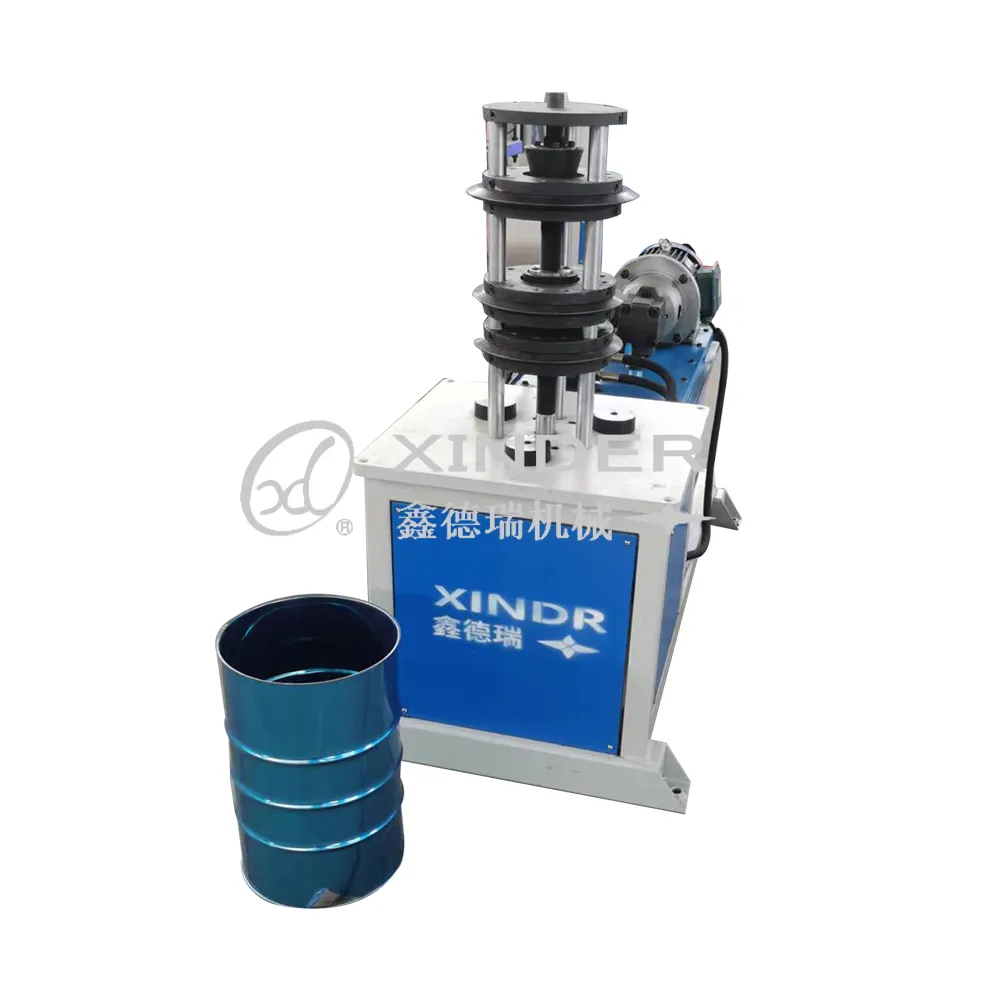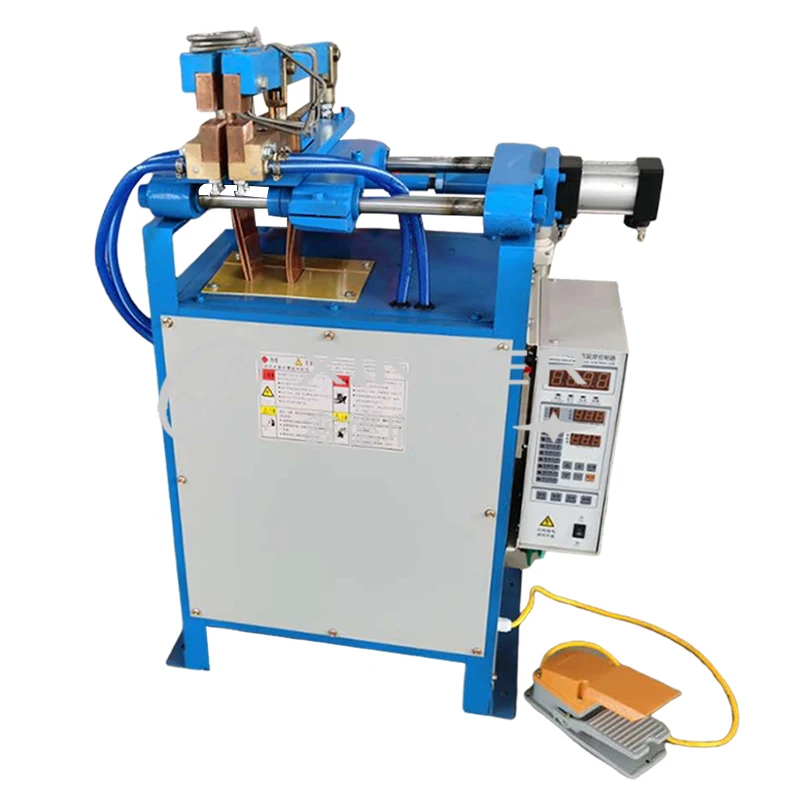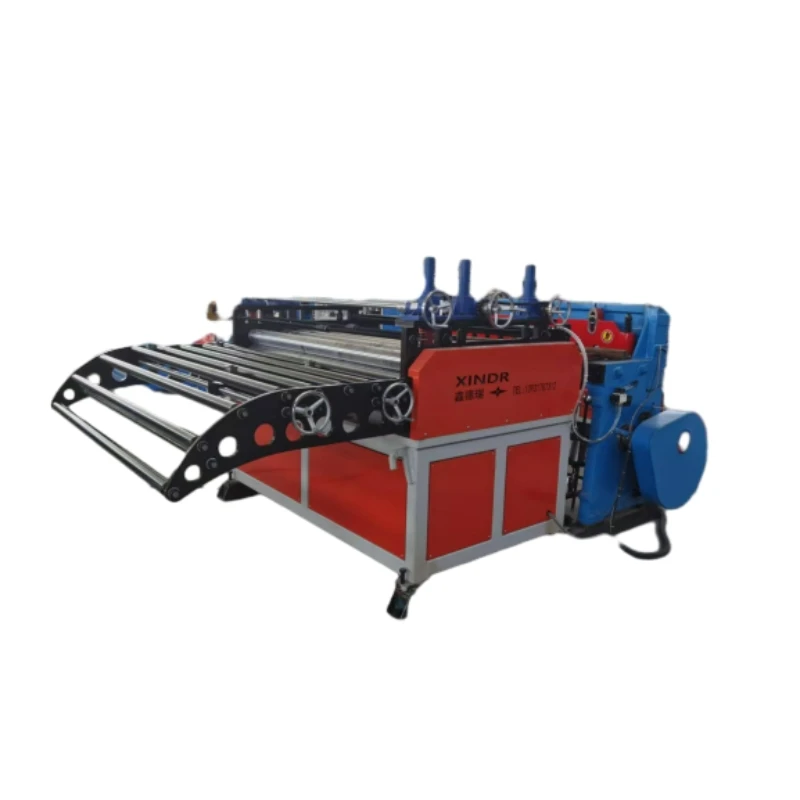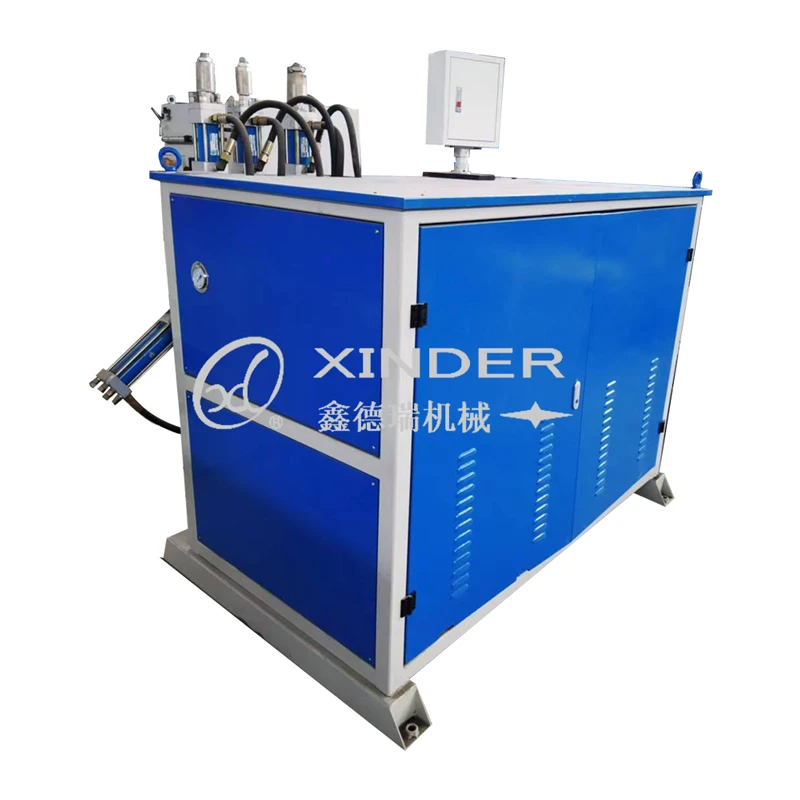-
 8613931787312
8613931787312 -
 Botou Industrial Zone on the east side of National Highway 104, Botou City, Hebei Province
Botou Industrial Zone on the east side of National Highway 104, Botou City, Hebei Province
- Afrikaans
- Albanian
- Amharic
- Arabic
- Armenian
- Azerbaijani
- Basque
- Belarusian
- Bengali
- Bosnian
- Bulgarian
- Catalan
- Cebuano
- Corsican
- Croatian
- Czech
- Danish
- Dutch
- English
- Esperanto
- Estonian
- Finnish
- French
- Frisian
- Galician
- Georgian
- German
- Greek
- Gujarati
- haitian_creole
- hausa
- hawaiian
- Hebrew
- Hindi
- Miao
- Hungarian
- Icelandic
- igbo
- Indonesian
- irish
- Italian
- Japanese
- Javanese
- Kannada
- kazakh
- Khmer
- Rwandese
- Korean
- Kurdish
- Kyrgyz
- Lao
- Latin
- Latvian
- Lithuanian
- Luxembourgish
- Macedonian
- Malgashi
- Malay
- Malayalam
- Maltese
- Maori
- Marathi
- Mongolian
- Myanmar
- Nepali
- Norwegian
- Norwegian
- Occitan
- Pashto
- Persian
- Polish
- Portuguese
- Punjabi
- Romanian
- Russian
- Samoan
- scottish-gaelic
- Serbian
- Sesotho
- Shona
- Sindhi
- Sinhala
- Slovak
- Slovenian
- Somali
- Spanish
- Sundanese
- Swahili
- Swedish
- Tagalog
- Tajik
- Tamil
- Tatar
- Telugu
- Thai
- Turkish
- Turkmen
- Ukrainian
- Urdu
- Uighur
- Uzbek
- Vietnamese
- Welsh
- Bantu
- Yiddish
- Yoruba
- Zulu
Hydraulic Reinforcement Machine: Powerful & Durable Solutions
Unveiling the Power of Hydraulic Reinforcement Machines in Modern Industry
In today's rapidly evolving industrial landscape, precision, durability, and efficiency are paramount. The Hydraulic Reinforcement Machine stands as a cornerstone technology, enabling robust and reliable component fabrication across a multitude of sectors. These sophisticated machines are engineered to deliver unparalleled force and control, essential for tasks ranging from forming and shaping high-strength metals to precise material densification. As industries push the boundaries of material science and design, the demand for equipment that can handle complex geometries and demanding specifications continues to grow, positioning hydraulic reinforcement technology at the forefront of innovation.
Current industry trends highlight a significant shift towards greater automation, enhanced safety features, and a stronger emphasis on energy efficiency in heavy machinery. Manufacturers are increasingly integrating IoT capabilities and advanced control systems into their hydraulic reinforcement solutions, allowing for real-time monitoring, predictive maintenance, and optimized operational parameters. This evolution not only reduces downtime and operational costs but also contributes to a more sustainable manufacturing footprint. The meticulous control offered by hydraulic systems ensures superior product quality and consistency, a critical factor for industries where component integrity directly impacts safety and performance.
The Precision Engineering Behind Hydraulic Reinforcement Machines: A Deep Dive
The manufacturing of a high-performance Hydraulic Reinforcement Machine is a testament to advanced engineering and stringent quality control. The process begins with the selection of premium-grade materials, often high-strength alloy steels for critical components like cylinders and frames, ensuring exceptional durability and resistance to extreme forces. Core manufacturing processes include precision casting for complex structural parts, followed by meticulous forging to enhance material grain structure and eliminate internal defects, significantly improving mechanical properties. Subsequent steps involve state-of-the-art CNC machining, which ensures components meet incredibly tight tolerances, crucial for the smooth and accurate operation of hydraulic systems.
Every stage of production is subjected to rigorous quality checks. Adherence to international standards such as ISO 9001 for quality management and ANSI standards for design and testing is non-negotiable. Non-destructive testing methods, including ultrasonic and magnetic particle inspection, are routinely employed to detect any subsurface imperfections. This comprehensive quality assurance extends the typical service life of a Hydraulic Reinforcement Machine to well over 15-20 years, even under continuous heavy-duty operation. These machines find critical applications across diverse sectors including petrochemicals for pressure vessel fabrication, metallurgy for material forming, and water supply/drainage for pipe and fitting reinforcement. Their robust construction and precise control offer significant advantages, such as enhanced energy efficiency through optimized hydraulic circuits and superior corrosion resistance due to specialized coatings and material selection, ensuring long-term performance in demanding environments.

Technical Parameters and Specifications: A Closer Look
Understanding the technical specifications of a Hydraulic Reinforcement Machine is vital for selecting the right equipment for specific industrial applications. Key parameters such as nominal pressure, working stroke, and press tonnage directly correlate with the machine's capacity and operational effectiveness. Modern machines feature advanced hydraulic systems often equipped with proportional valves and servo motors, allowing for precise control over speed and force profiles, which is crucial for complex forming processes.
Below is a typical range of technical specifications you might find for a high-performance Hydraulic Reinforcement Machine, illustrating the capabilities and engineering excellence embodied in these systems. These parameters are often customizable to meet unique client requirements, showcasing the versatility of hydraulic technology.
Typical Hydraulic Reinforcement Machine Parameters
| Parameter | Range/Value | Unit | Description |
|---|---|---|---|
| Nominal Pressure | 1000 - 5000 | Tons (US) | Maximum force the machine can exert. |
| Working Stroke | 800 - 2500 | mm | Vertical travel distance of the main cylinder. |
| Daylight Opening | 1500 - 4000 | mm | Max distance between working surfaces. |
| Motor Power | 75 - 300 | kW | Total installed power of the hydraulic pump motor. |
| Working Speed (Approach) | 100 - 300 | mm/s | Speed of the ram during rapid approach. |
| Working Speed (Pressing) | 5 - 20 | mm/s | Speed of the ram during forming/pressing. |
Diverse Applications and Real-World Impact
The versatility of a Hydraulic Reinforcement Machine makes it indispensable across a spectrum of heavy industries. In the petrochemical sector, these machines are crucial for the precise forming of thick-walled components for pressure vessels, heat exchangers, and pipelines, where material integrity is paramount for safety and preventing leaks of hazardous substances. Their ability to apply consistent, high pressure ensures the creation of robust, defect-free parts that withstand extreme operational conditions including high temperatures and corrosive environments.
Within the metallurgical industry, Hydraulic Reinforcement Machines are utilized for various hot and cold forming processes, including forging, stamping, and deep drawing of large metal components. This enables the production of complex shapes and high-strength parts for automotive, aerospace, and heavy machinery applications. For the water supply and drainage sector, these machines are instrumental in fabricating specialized pipes, fittings, and connectors with enhanced structural integrity and leak resistance, crucial for public infrastructure projects. The controlled pressing force minimizes material stress and ensures uniform density, leading to products with extended lifespans and reduced maintenance requirements. Clients consistently report significant improvements in production efficiency and component reliability after integrating these advanced hydraulic solutions into their manufacturing lines.
Technical Advantages and Performance Benchmarking
The core technical advantages of a modern Hydraulic Reinforcement Machine stem from its superior force generation capabilities and precise control. Unlike mechanical presses, hydraulic systems can maintain full tonnage throughout the entire stroke, offering unmatched flexibility for deep drawing, coining, and blanking operations. This consistent force application minimizes material spring-back and ensures higher part quality, leading to reduced scrap rates and material waste. Furthermore, advanced hydraulic circuits allow for variable speeds and custom pressure profiles, enabling optimal processing of diverse materials with varying properties.
When benchmarking against other forming technologies, a high-quality Hydraulic Reinforcement Machine demonstrates significant performance gains. Consider the comparison below, highlighting key differentiators that drive operational efficiency and product excellence.

Hydraulic vs. Mechanical Press Comparison
| Feature | Hydraulic Press (Reinforcement Machine) | Mechanical Press |
|---|---|---|
| Force Profile | Full tonnage throughout entire stroke | Peak tonnage at bottom of stroke |
| Stroke Control | Variable, precise, customizable | Fixed, based on flywheel rotation |
| Overload Protection | Built-in hydraulic relief valves | Mechanical shear pins or clutches |
| Noise Level | Generally lower, more consistent | Higher, especially during impact |
| Energy Efficiency | High (especially with servo-hydraulics), energy on demand | Lower, continuous motor operation |
Tailored Solutions and Client-Centric Customization
Recognizing that every industrial application presents unique challenges, leading manufacturers of Hydraulic Reinforcement Machine offer extensive customization options. This includes varying press tonnages, bed sizes, stroke lengths, and integration with automated material handling systems. Whether it's for a specialized aerospace component requiring extremely tight tolerances or a large-scale infrastructure project demanding high-volume output, solutions can be precisely engineered to meet specific operational workflows and production targets.
Our commitment to client success is reflected in our robust design and engineering process, which involves close collaboration from initial concept to final installation. We leverage years of industry experience and accumulated technical expertise to develop tailored solutions that optimize performance and ROI. For instance, a recent case involved designing a custom 3000-ton Hydraulic Reinforcement Machine for a client in the renewable energy sector, specifically for forming large wind turbine components. The custom solution featured enhanced daylight opening and integrated robotics for automated loading and unloading, resulting in a 30% increase in production throughput and a 15% reduction in labor costs. This dedication to understanding and addressing unique client needs underscores our authoritative position in the market.
Building Trust and Ensuring Reliability: Our Commitment
Establishing and maintaining trust is fundamental in the B2B sector, especially when investing in capital equipment like a Hydraulic Reinforcement Machine. Our commitment to quality is reinforced by comprehensive industry certifications, including ISO 9001 for quality management and rigorous adherence to international safety standards. Each machine undergoes extensive factory acceptance testing (FAT) before shipment, with performance data meticulously documented and shared with clients. Our extensive service tenure, spanning over two decades in the heavy machinery industry, is a testament to our consistent delivery of reliable and high-performing solutions. We partner with industry leaders and maintain a robust network of certified service technicians globally, ensuring prompt and efficient support.
We believe in transparency and robust customer support to ensure long-term operational success. Our standard warranty for a Hydraulic Reinforcement Machine typically covers critical components for 12 to 24 months, with extended service agreements available. The delivery cycle is carefully managed, with lead times typically ranging from 12 to 18 weeks, depending on customization requirements, clearly communicated at the outset. Our dedicated customer support team is available 24/7, providing technical assistance, spare parts, and remote diagnostics to minimize downtime and maximize productivity for our clients worldwide.
Frequently Asked Questions (FAQ)
-
Q: What is the typical lifespan of a Hydraulic Reinforcement Machine?
A: With proper maintenance and adherence to operational guidelines, a high-quality machine can last 15-20 years or more. Regular inspections, timely oil changes, and preventive maintenance significantly extend its service life.
-
Q: How does a hydraulic machine compare in energy efficiency to a mechanical one?
A: Modern hydraulic machines, especially those with servo-hydraulic systems, are highly energy-efficient as they only consume power on demand, unlike mechanical presses that operate continuously. This can lead to substantial energy savings.
-
Q: Can these machines be integrated into existing automated production lines?
A: Absolutely. Our Hydraulic Reinforcement Machine models are designed for seamless integration with robotic systems, automated material handling, and centralized control systems, enhancing overall production line efficiency.
-
Q: What kind of after-sales support is provided?
A: We offer comprehensive after-sales support including remote diagnostics, on-site technical assistance, spare parts supply, training programs for your operators, and extended warranty options. Our global service network ensures timely support wherever you are.
Conclusion
The Hydraulic Reinforcement Machine represents the pinnacle of modern industrial pressing technology, offering unparalleled precision, versatility, and durability for critical applications across diverse sectors. Its advanced engineering, robust construction, and ability to be customized for specific needs make it an an indispensable asset for manufacturers striving for operational excellence and high-quality output. Investing in this technology is not merely acquiring equipment but embracing a solution that drives efficiency, enhances safety, and ensures long-term reliability in demanding production environments.
As industries continue to evolve, the demand for sophisticated, reliable, and energy-efficient forming solutions will only grow. The continuous innovation in Hydraulic Reinforcement Machine design and control systems ensures its enduring relevance and pivotal role in shaping the future of manufacturing.
References
- Smith, J. A. (2022). "Advances in Hydraulic Press Technology for Heavy Industrial Applications." Journal of Manufacturing Engineering, 45(3), 210-225.
- Liu, P., & Chen, Q. (2021). "Energy Efficiency Optimization of Servo-Hydraulic Systems in Metal Forming Machinery." International Journal of Fluid Power, 28(1), 50-65.
- Davies, M. R., & Evans, G. T. (2023). "Material Science Considerations in High-Pressure Forming Equipment Design." Proceedings of the American Society of Metallurgical Engineers, Vol. 12, pp. 100-115.
- ISO 9001:2015 Quality Management Systems – Requirements. International Organization for Standardization.
- ANSI B11.1-2009: Safety Requirements for Mechanical Power Presses. American National Standards Institute.
-
The Rise of Laser Welding: Precision Meets Power in Modern MetalworkNewsAug.06,2025
-
Streamlining Industrial Packaging: The Power of Barrel Production LinesNewsAug.06,2025
-
Revolutionizing Metal Joining: The Power of Automatic Seam Welding MachinesNewsAug.06,2025
-
Powering Industrial Innovation: The Role of Pipe and Tube Machinery in Modern ManufacturingNewsAug.06,2025
-
Exploring the World of Resistance Welding: Equipment, Manufacturers, and Pricing InsightsNewsAug.06,2025
-
Advancing Container Manufacturing: The Role of the Modern Can Welding MachineNewsAug.06,2025
-
Understanding Automatic Seam Welding Machines: A Game Changer in Welding TechnologyNewsJul.18,2025
-
 Pneumatic Handle Welding MachineSep . 13, 2024
Pneumatic Handle Welding MachineSep . 13, 2024 -
 Fully Automatic Kaiping Production LineOct . 17, 2024
Fully Automatic Kaiping Production LineOct . 17, 2024 -
 Fully Automatic Metal Bucket Lifting HeadphonesSep . 14, 2024
Fully Automatic Metal Bucket Lifting HeadphonesSep . 14, 2024

